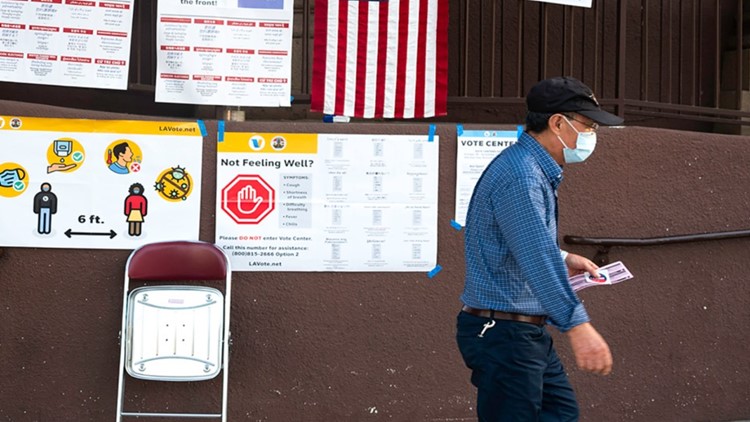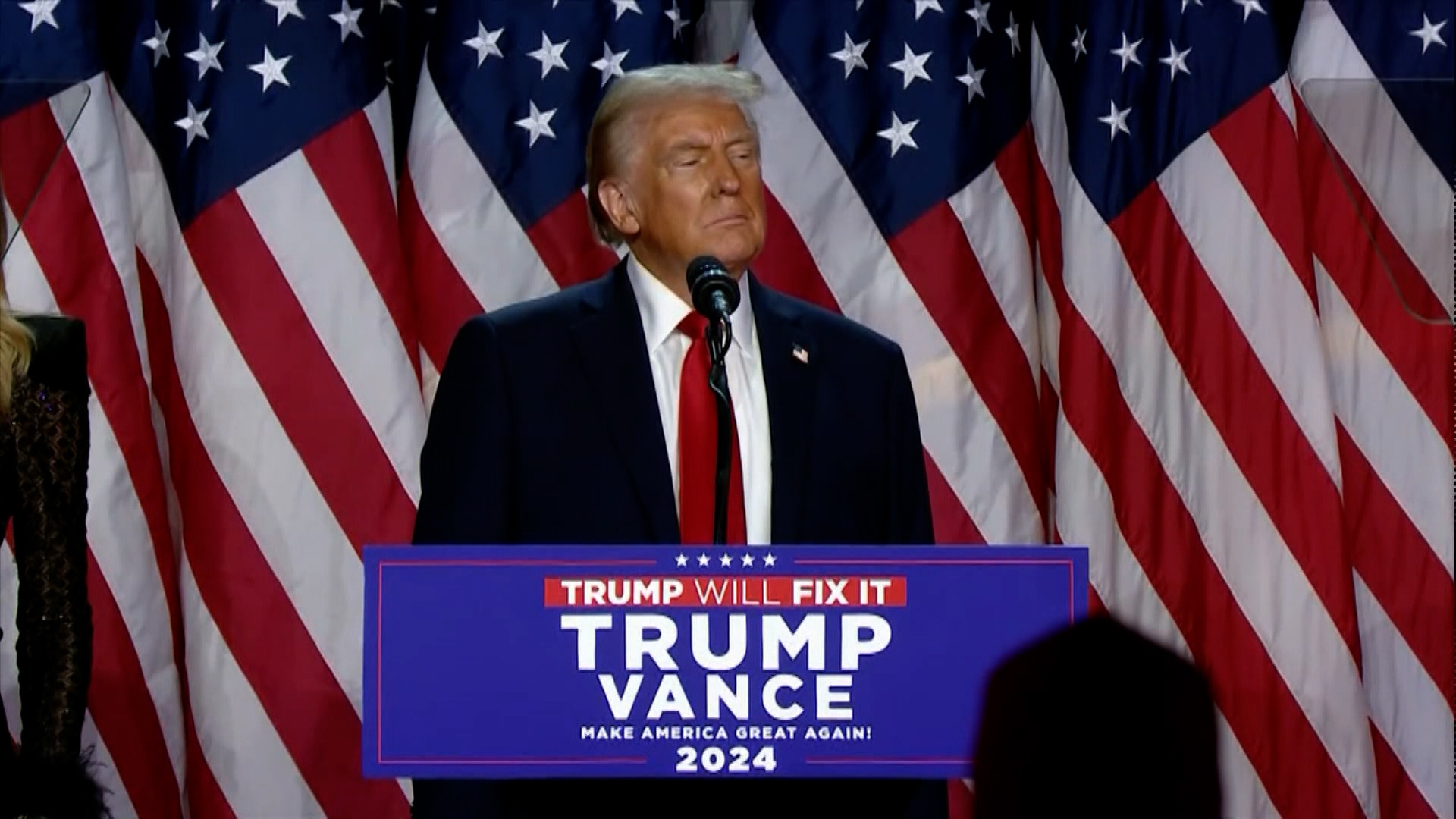California’s poor and diverse communities fueled the state’s record number of voters in November, with ballots cast increasing as much as 42% in Orange County’s poor neighborhoods, an analysis of final voting data shows.
Huge increases in voter registration and turnout swept through all sorts of California neighborhoods — rich and poor; highly educated and blue collar; ethnically diverse and homogenous — according to a Votebeat analysis of state and local voting data informed by census data.
Regardless of neighborhood, political and community groups point to one overriding reason for November’s high participation: the state’s decision to mail ballots to every registered voter because of the pandemic.
“I really did see a difference that mail ballots made,” said Pam Whalen, outreach director for the Dolores Huerta Foundation in Bakersfield. Infrequent voters are often intimidated by voting, but if they get a ballot in the mail, “they can stay, they can talk to their family, they can talk to us,” she said, and are more likely to vote.
All told, Californians cast a record 17.8 million ballots in the general election, a hefty 22%, or 3.2 million, above the last presidential election — a remarkable increase given the state’s population grew by less than 2% from 2016 through 2020.
Some counties notched significantly larger turnout increases.
Among the state’s 12 most populous counties, the number of ballots cast increased the most in Riverside (32%), Fresno (27%), San Bernardino (27%) and Sacramento (27%) counties.
Those figures come from the California Secretary of State, which late last week said all counties reported no more outstanding ballots. The numbers may change slightly when the state publishes its official Statement of Vote, due Friday.
‘Galvanizing election,’ easier registration at play
So what’s behind the increases? A lot of factors are at play on top of mailed ballots, said community groups that worked to encourage people to vote.
“It was a galvanizing election for people across the political spectrum,” said Olivia Seideman, civic engagement coordinator for Fresno-based Leadership Counsel for Justice and Accountability.
The group reached out to voters in Fresno — most of them newly registered voters and infrequent voters, many of them bilingual — to ask them to vote.
“I think it’s very likely that our efforts helped increase turnout in Fresno County in raw terms,” Seideman said.
The group contacted nearly 6,866 voters by phone, and about 3,963 voted, she said. Of those, 2,347 were under age 30 and half of them voted. “The fact that half of these voters actually turned out is, in my opinion, a success,” she said.
Pablo Rodriguez, executive director of Communities for a New California, said Fresno County’s increased vote is likely due to automatic voter registration when getting a driver’s license; pre-voter registration at the DMV for 16- and 17-year-olds that takes effect when they reach 18; same day registration when polls are open; and that every voter received a mail ballot.
When Communities for a New California urges people to vote, more people end up casting ballots when every voter is mailed a ballot, he said.
Sharp rise in registered voters
Before this year, the number of registered voters in California had never risen by more than two million between consecutive presidential elections, state data show.
Yet between 2016 and 2020, the number of registered voters in the state rose by about 2.6 million, or 14%. That percentage was even higher in certain counties.
Among the 12 most populous counties, voter registration increased the most from 2016 to 2020 in San Bernardino (24%), Riverside (22%), and San Diego (18%) counties. Those figures reflect registration totals 15 days before the election and do not include same-day voter registration, so they likely are even higher.
Bryan Watkins, deputy executive director of the California Republican Party, attributed Republican wins in the inland empire counties of San Bernardino and Riverside to increases in voter registration that have helped maintain GOP registration leads.
“A big reason they were successful is because we have strong voter registration programs there,” he said. The state Republican Party pays a “county bounty” to local party organizations for registering voters.
Turnout surpasses Obama’s 2008 election
The percentage of registered voters who cast ballots — a common way of measuring voter turnout — rose from about 75% in 2016 to almost 81% in 2020.
A higher percentage of registered voters in California cast ballots in 2020 than during any election since 1976, with this year’s turnout just slightly higher than during the 2008 election of Barack Obama.



